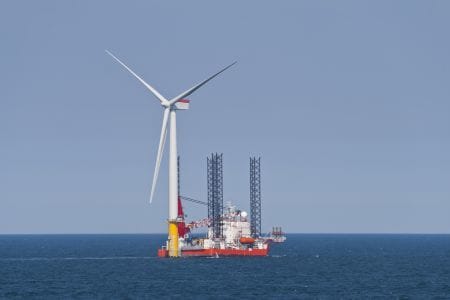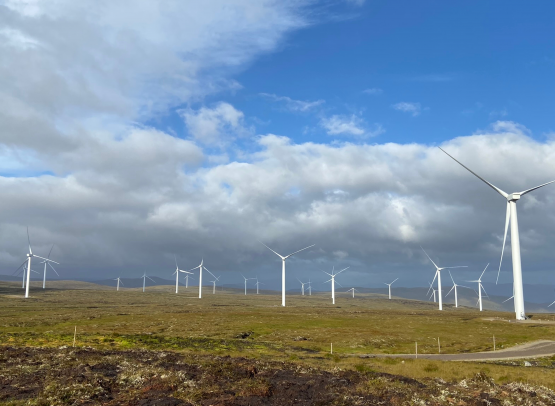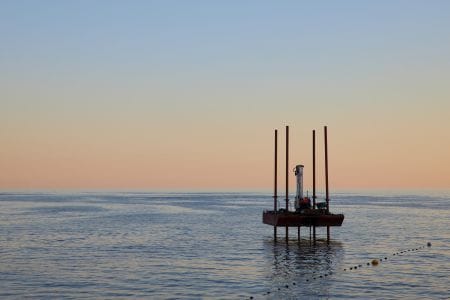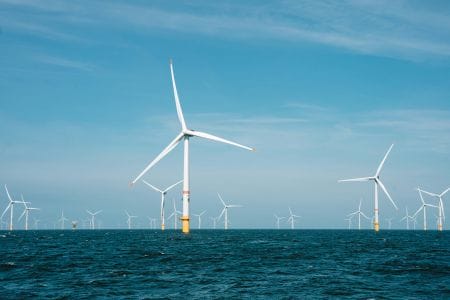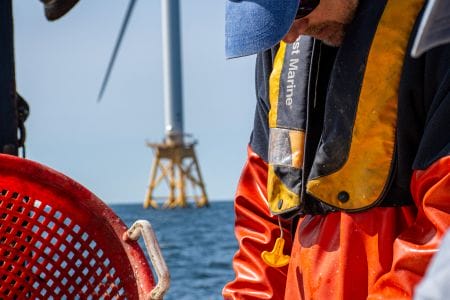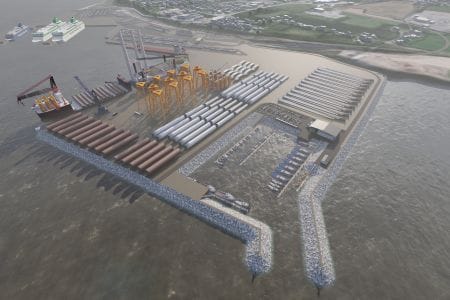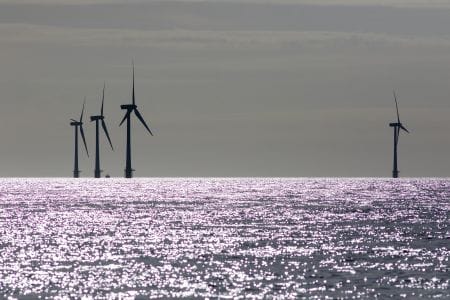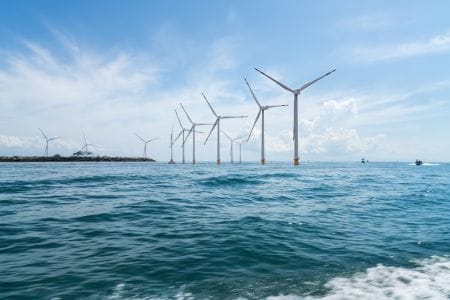Share this page :
Japan’s Offshore Wind Market: Strong Long-Term Outlook
Date: 2025-09-11
Japan’s offshore wind market is experiencing a correction that’s reflective of global trends following the post-COVID volatility and cost escalations triggered by the Ukraine war and other macroeconomic factors, but this reset signals resilience, not retreat. Recent project news, including withdrawals from some developers, has spotlighted near-term headwinds, yet Japan remains an attractive market for offshore wind investment, with clear signs of proactive government support.
Normalisation in a Volatile Era
Japan’s market adjustment mirrors similar “reset moments” seen worldwide, where auction outcomes and cost commitments made during periods of instability now require recalibration. Rising inflation and supply chain disruptions, along with yen depreciation, have pressured developers, as seen in Mitsubishi’s recent strategic withdrawal from projects, a decision rooted in the sector’s exposure to global forces, not local implosion. The CEO of Tokyo’s Yuri Group emphasises that this is a recalibration, making the sector more resilient for the long term.
Attractive Policy Enhancements
In response to these challenges, the Japanese government is rolling out measures to stabilise revenues and rebalance risk, directly addressing industry concerns including:
- Lease extension: Offshore wind farm leases will be extended from 30 to 40 years, improving long-term revenue certainty for developers.
- Risk-sharing mechanisms: Innovative frameworks such as cap-and-floor models and more flexible reference price models are under consideration, fostering resilient partnerships between government and industry.
- Rapid re-auctioning: Accelerated re-auction procedures and clearer rules are being introduced to ensure project continuity, even when developers exit, exemplified by swift government action following Mitsubishi’s withdrawal.
These adjustments build on Japan’s earlier transition from FIT to FIP under offshore wind tenders, with current efforts accelerating to further refine and derisk the sector for investors.
Strategic Energy Plan Commitment
Japan’s 7th Strategic Energy Plan, approved in February 2025, reaffirmed offshore wind as a core power source, cementing targets of 10 GW by 2030 and 30–45 GW by 2040. The Plan emphasises “robust business models capable of managing revenue and cost fluctuation risks”; far from diminishing offshore wind’s status, recent developments are prompting government action to strengthen frameworks, making the sector more secure and attractive. There is no indication that the upcoming 8th Strategic Energy Plan will depart from this strong prioritisation, if anything, it is being reinforced by the current climate.
Outlook: Opportunity Amid Reset
Short-term project-level turbulence is not unique to Japan; it reflects a natural market reset following the unstable years of global upheaval. Crucially, Japanese policymakers’ swift and pragmatic reforms, from lease extensions to targeted risk-sharing and re-tendering, as well as this week’s announcement of investment in floating offshore wind, demonstrate a clear commitment to strengthening the offshore wind sector as a pillar of national energy strategy. For industry investors, suppliers, and talent, Japan continues to represent a significant market of opportunity, particularly now that meaningful reforms are underway.
Toshiya Enta is Venterra’s Country Manager for Japan










